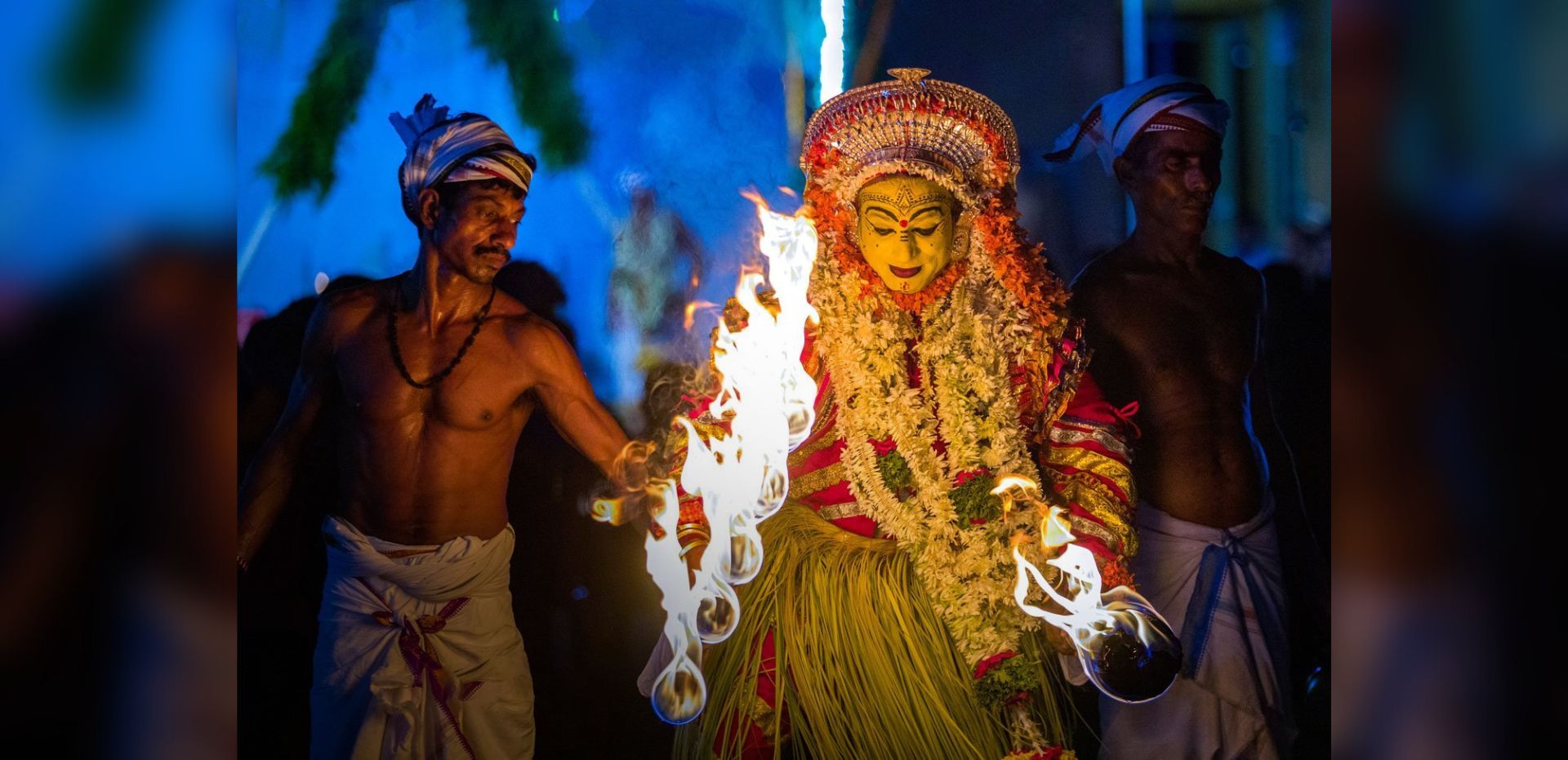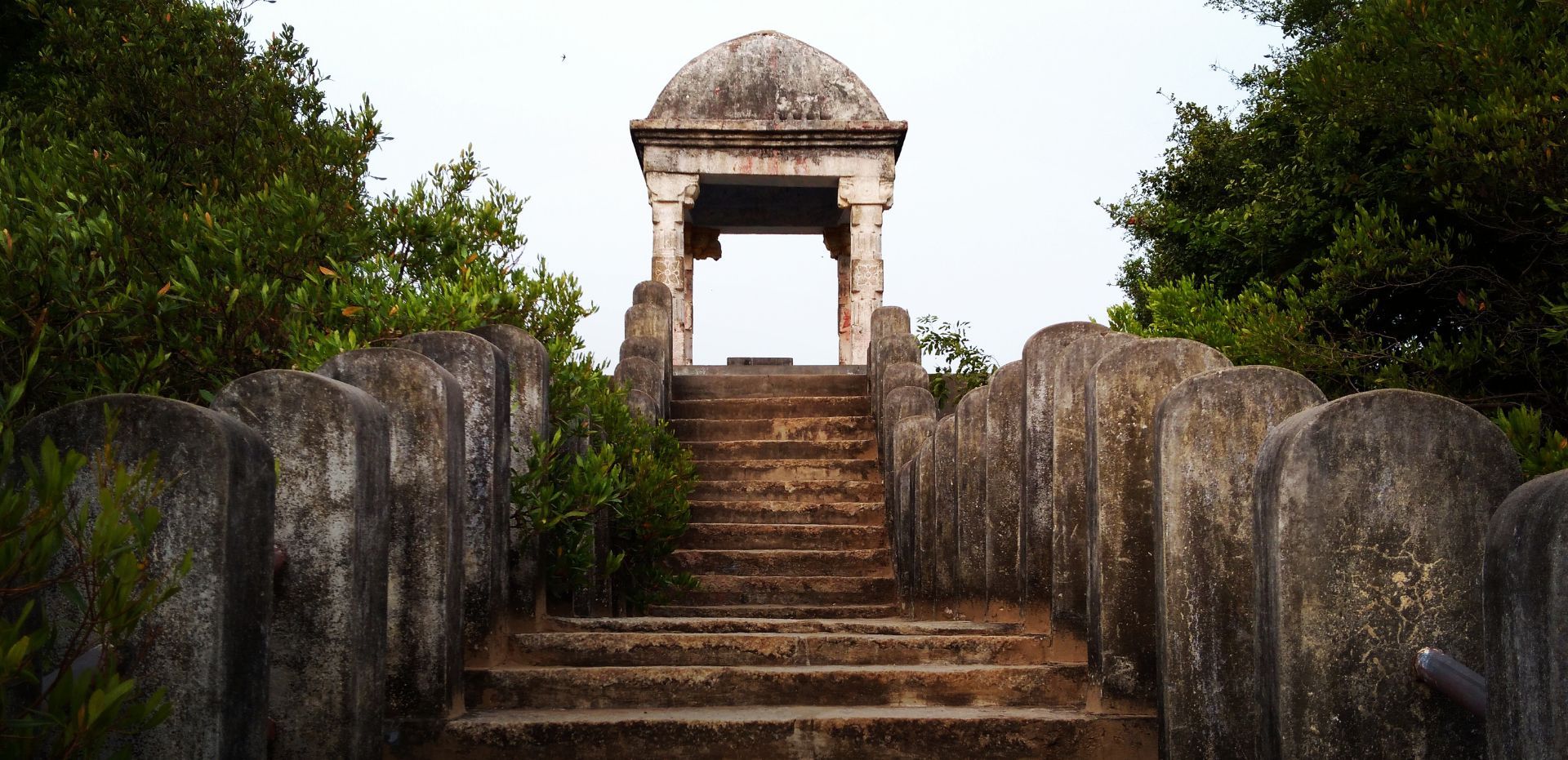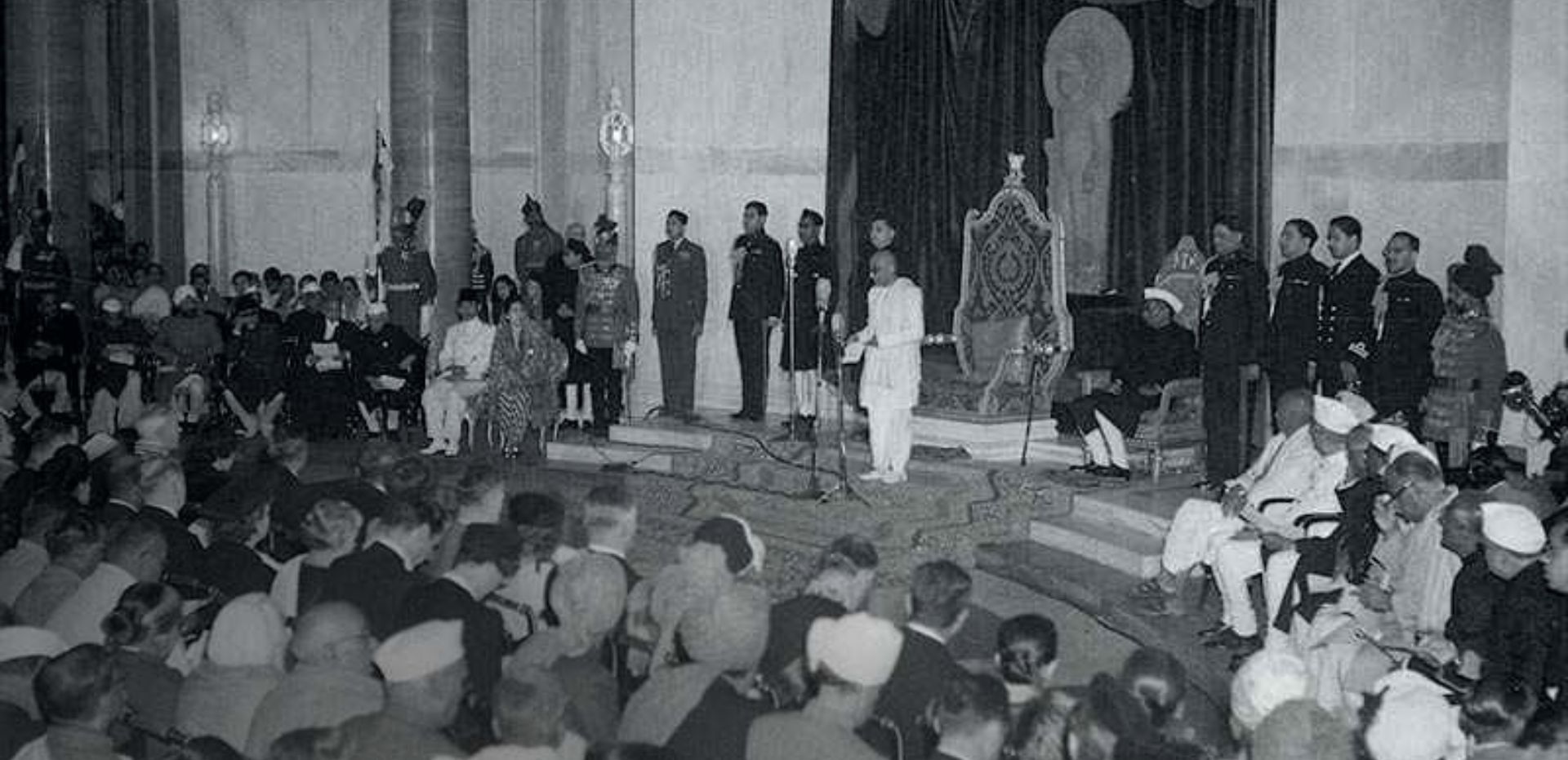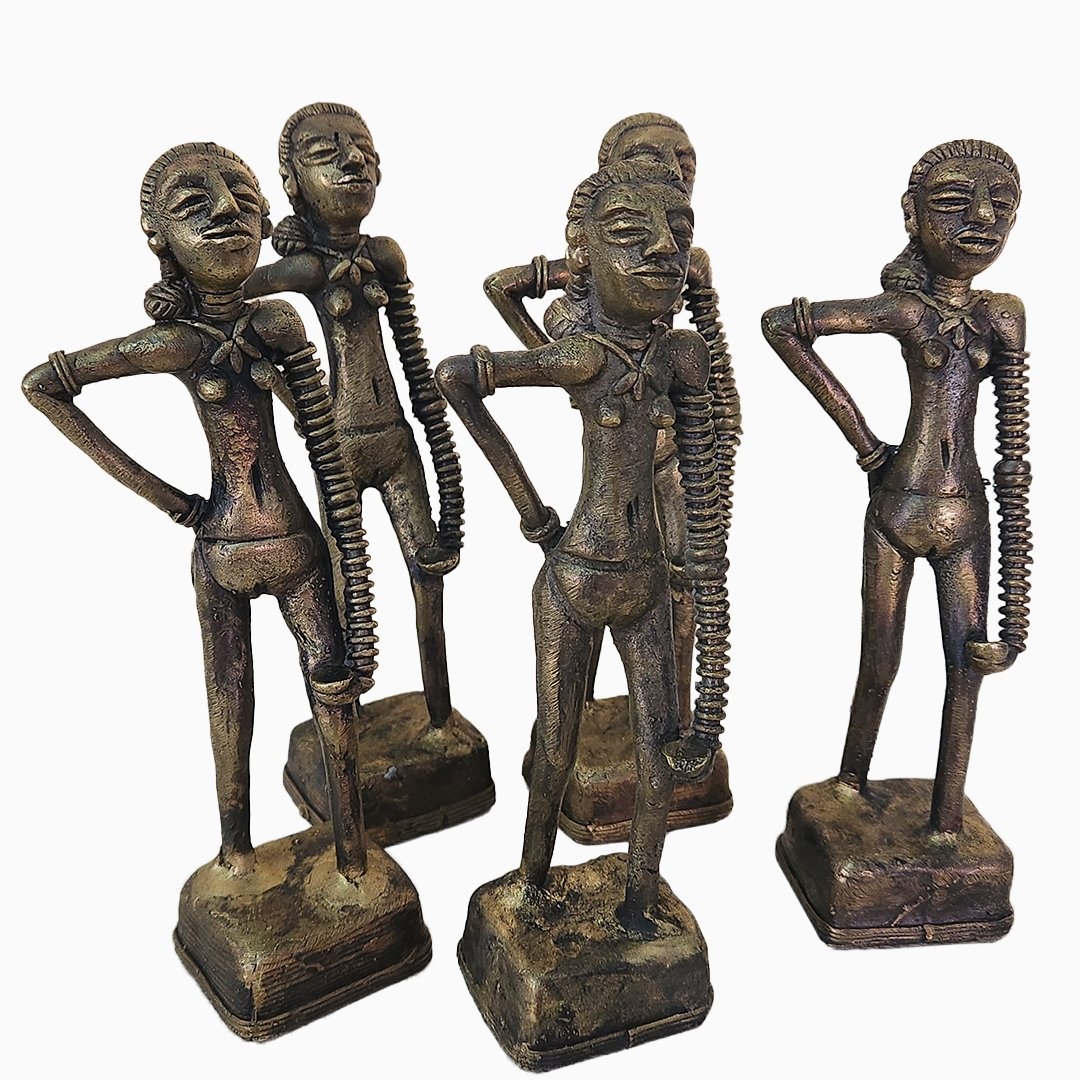Decoding Madrasas
BOOKMARK
In today’s times, it is hard to see beyond the public perception of madrasas or Islamic theological centres as being extremely orthodox and often hardline. Yet these Islamic schools have a layered history, going back over 1,000 years.
For those with a blinkered view of these institutions, here’s something to mull over: madrasas were once inclusive, and India’s first President Dr Rajendra Prasad, social reformer Raja Ram Mohan Roy and Hindi writer Munshi Premchand began their education with maulvis (Islamic religious scholars) at madrasas.
This interesting snippet, the history of madrasas and how they came to be perceived as representative of a fanatical view can be found in the recently released book, Madrasas In The Age of Islamophobia by Ziya Us Salam and M Aslam Parvaiz. Published by Sage Publications, the book looks at the history of madrasas in India and also takes a critical look at the state they are in today.
‘Madrasa’ is an Arabic word for any type of educational institution, either religious or secular. However, over time, it has come to be associated with a place that imparts Islamic religious education. The world’s oldest madrasa is situated in Fez in Morocco, and it was established in 859 CE. It still exists and has been incorporated into the University of Al Qarawiyyin.
The madrasa system was introduced to India with the establishment of the Delhi Sultanate. The earliest madrasa in India is said to have been set up in Ajmer in 1192 CE, following the conquest of the region by Muhammad Ghori. The successive Sultans of the Slave, Khilji and Tughlaq dynasties patronised madrasas, which were seen as a system.
During the reign of Muhammad Bin Tughlaq (1290-1351 CE), Delhi alone was said to have boasted ‘one thousand madrasas’ with salaries paid from the royal treasury. While this is probably an exaggeration, it gives us an idea of how widespread and well-patronised the madrasas were.
Muhammad Bin Tughlaq’s cousin and successor Firuz Shah Tughlaq (1309-1388 CE) was even keener to promote education and is said to have encouraged girls and even slaves to take up education. According to contemporary chronicler Ferishta, 180,000 slaves acquired an education in science, arts and crafts during this period. The Moroccan traveller Ibn Batuta also writes of 13 madrasas for girls, which were also operational in India at the time.
However, it was not as hunky-dory or egalitarian as it seems. Salam and Parvaiz, in their book, are quite honest about how the ashrafs (‘high-born’) or the people who migrated from Central Asia and Persia sent their children to these madrasas and the children of lower castes and new converts were kept at bay. Even Sultan Ghiyasuddin Balban (r. 1266-1287) followed a strict policy of keeping out ‘low caste’ Muslims from any post in his administration.
The patronage to the madrasas was also extended by the Sultans of the numerous regional sultanates following the break-up of the Tughlaq Empire. One of the greatest centres of Islamic arts and learning was the city of Jaunpur, under its Sharqi Sultans. Not only did they build hundreds of madrasas but encouraged scholars from around the world to settle here. Not too far behind were the Sultanates of Gujarat and Bengal.
Madrasas thrived under the Mughals as well, especially under Emperor Akbar. During his reign, there was a special emphasis on rational sciences. Iranian scholar Mir Fatehullah Shirazi, who joined his court towards the end of the 15th century, is said to have introduced books on astronomy, mathematics, medicine, natural sciences and logic. His pupils diversified to smaller madrasas at the time, taking with them the new stress on rational sciences.
It was under the hardline religious scholar Shah Waliullah Dehlawi (1703-1762) that things began to take a turn for the worse. Waliullah was highly critical of rational sciences and began the move to restrict the syllabus to core religious topics. Then, the participation of a large number of clerics and madrasa students in the Revolt of 1857 led to their suppression by the British.
India’s most famous madrasa, the Darul Uloom Deoband, was founded in 1866. Over time, the ‘Deobandi’ madrasas spread across India. While they have been accused of being associated with extremists like the Taliban, the fact is that in 1919, a large group of Deobandi scholars formed a political party Jamiat Ulema-e-Hind which later opposed the partition of India.
Meanwhile, in the absence of primary education systems in India’s villages, many non-Muslims like Raja Ram Mohan Roy, Dr Rajendra Prasad and Munshi Premchand began their early schooling in village madrasas under the tutelage of maulvis. Sadly, the authors point out, many of the madrasas have failed to keep up with the times.
We spoke to authors Ziya Us Salam (ZS), an Associate Editor with Frontline and The Hindu, as well as M Aslam Parvaiz (AP), Vice-Chancellor of Mulana Azad National Urdu University in Hyderabad. The authors shared with us their idea behind the book and their perspectives on madrasas as an institution during present times.
What was the idea behind writing this book?
ZS: Madrasas appear to be functioning in a time vacuum as their syllabus and teaching methodology seems to be caught in a time warp. I visited a few madrasas in Delhi and Uttar Pradesh and felt sad for the students there, who despite their best efforts could not hope to move up in life. Then we have our media, which appears fond of criticising madrasas without visiting them. People know little or nothing about the working of our madrasas.
AP: Madrasas and their functioning are not properly understood, and misconceptions are spreading due to the 'otherness' syndrome created by a section of polity and the press. It is the need of the hour to open them up to public scrutiny and make people realise the challenges they face.
In non-Muslim public perception, madrasas have gained a kind of ‘notoriety’. Why do you think they are portrayed negatively in the media?
ZS: It stems from a society that is happy with easy demarcations of “we” and “they”. The media is happy to reproduce unfounded allegations of politicians as facts, which does a grave disservice to madrasas and their students.
AP: It is to put Muslims in poor light and to alienate the common man from them. An exercise in exclusion.
Much has been said and written about the ‘Wahhabi’ influence on Indian madrasas since the 1980s. What are your thoughts on this?
ZS: The term ‘Wahhabi’ is a misnomer. What people probably mean is ‘Saudi’ influence, which is clearly evident in most places. One even sees some imams (senior Muslim religious leader) dressed in Saudi cloaks as if it is part of Islam!
AP: I can't comment on a Wahhabi influence but the Saudi influence is clearly visible. In my childhood, I would see people wearing different types of caps, including the Nehru cap worn by both Hindus and Muslims, and the Lucknowi cap was adored by all in summer. It has been replaced by skull cap, giving a (pseudo) identity to Muslims. There are many other elements, such as an emphasis on rituals, religious orders, and an exclusive tendency.
Do you think Indian madrasas have been able to keep pace with the changing times?
ZS: Far from it. Madrasas, as I said earlier, are caught in a time warp. They have come too far from their heyday, when madrasas produced some world-class physicians and mathematicians. In India too, we had a golden period when luminaries like Dr Rajendra Prasad, Raja Ram Mohan Roy and even Premchand studied there. Today, they are neither contemporary nor living up to their history.
AP: No, they are far, far from almost anything contemporary. This is the biggest challenge to be addressed by all of us.
Your book talks of madrasas and the freedom movement. Can you tell us something about this?
ZS: Madrasas played a pivotal role in our freedom struggle. One must go back to the time immediately after the First War of Independence was foiled by the British. Soon after, Muslim luminaries realised that the struggle must go on. And for that, they had to be suitably prepared.
Thus the Deoband school came about in 1866. Here, in the 20th century, we had Jamiat Ulama-i-Hind. The Jamiat acted as a counter-magnet to the divisive agenda of both the Muslim League and the Hindu Mahasabha. It brought Muslims into the mainstream of the freedom struggle with the Khilafat agitation. Also, we had a number of madrasas where our freedom fighters would gather to chalk out their strategy against the British. The madrasas were anti-British. Most of them abided by the Deoband decision, which automatically ruled out any support for a separate Muslim state.
AP: Numerous madrasas, their students and their teachers have played a very crucial part in the freedom movement right from the 19th century. This is a well-documented part of Indian history.
What role do you think madrasas could play in creating modern, enlightened Muslims in India today?
ZS: Madrasas go a long way in creating literate Indians. Boys hailing from extremely poor families who cannot afford regular schooling often go to madrasas, and come out as scholars of Islam. Unfortunately, there is a clear division between worldly and this ‘other worldly’ education in madrasas. It hampers the professional growth of students. For years, they are told in their classrooms that they would be leaders of the world. Once they step out, they realise they are not equipped with the tools of modern-day living. The division between religious and secular education hurts them.
AP: They have the potential to be leaders because the people trained in madrasas are appointed as 'imams' to lead prayers and address huge gatherings every Friday. But unless they are exposed to contemporary education and challenges, how can we expect them to guide the Muslim masses towards 'modernity' or enlightenment? This is what needs to be done to make this centuries-old system effective and relevant.
























